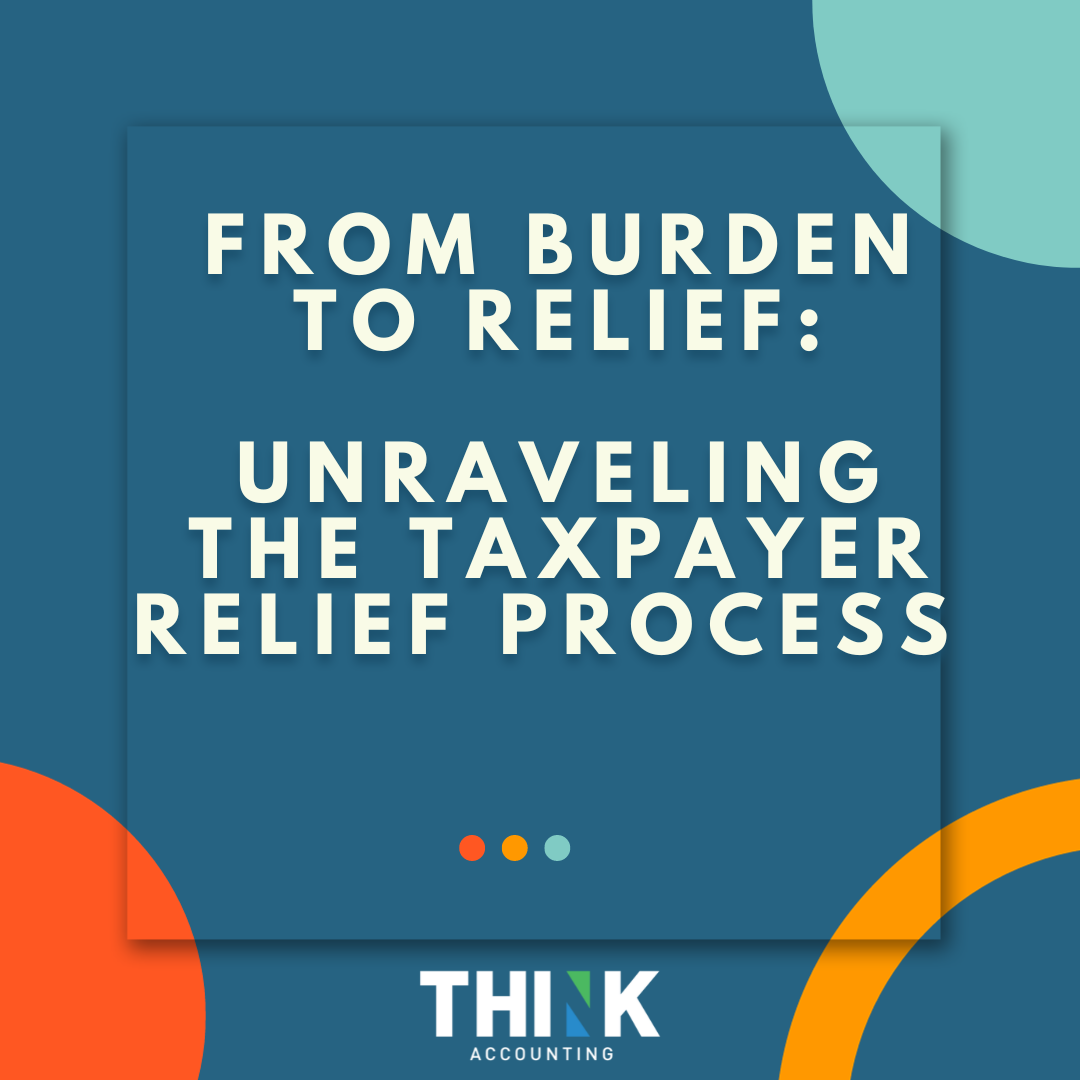Introduction To the CRA Taxpayer Relief Process
Navigating the realm of CRA penalties and interest is a common hurdle for many Canadian entrepreneurs. Each year, over 30,000 small businesses face penalties due to late filing. Understanding the CRA’s taxpayer relief provisions can provide a lifeline in mitigating these financial burdens.
What Happens If You File Your Taxes Late In Canada?
In Canada, filing your taxes late can lead to a cascade of penalties imposed by the Canada Revenue Agency (CRA). Initially, a late-filing penalty of 5% of the unpaid tax amount is levied, alongside an additional 1% charge for each full month the return is delayed, up to a maximum of 12 months.
If there’s a history of late filings in the previous three years, these penalties can double. Moreover, interest starts accumulating on any unpaid amounts, making the financial burden heavier with time. Exploring the taxpayer relief provisions offered by CRA could be a financial lifesaver.
Eligibility for Taxpayer Relief
The CRA offers taxpayer relief under distinct circumstances:
- Extraordinary Circumstances:
- Natural disasters: In 2016, the Fort McMurray wildfires led to CRA granting relief to affected taxpayers.
- Serious illness: Like a taxpayer diagnosed with severe COVID-19 unable to file on time.
- Service disruptions: E.g., postal strikes delaying tax document delivery.
- Actions of the CRA:
- Errors: Misleading information on CRA’s website causing incorrect filing.
- Delays: Extended processing times leading to late refunds affecting business cash flow.
- Processing errors: Incorrect assessments leading to unwarranted penalties.
- Inability to Pay:
- Job loss: A taxpayer losing their job and facing financial hardship.
- Significant income drop: E.g., a 50% income drop due to market downturns affecting payment capabilities.
Each scenario presents unique challenges, showcasing the imperative need for relief provisions.
Application Process
The process of applying for taxpayer relief is straightforward yet demands meticulous attention. The avenues include online, by mail, or in-person applications. Over 80% of applications are done online for faster processing.
Walkthrough of the Form (Form RC4288)
The taxpayer relief form demands a detailed account:
- Identification: Basic yet crucial information.
- Details of Request:
- Clear articulation of circumstances is key. For instance, explaining how a medical emergency prevented timely filing, backed by hospital records.
- Highlighting the financial impact, like a 40% business revenue drop due to CRA processing delays.
- Supporting Documentation: All pertinent documents like medical records, financial statements, or CRA correspondence.
Timelines and Expectations
Typically, processing times range from 30 to 120 days depending on the complexity. Understanding this timeframe for the taxpayer relief helps in better financial planning.
Conclusion
The journey through CRA’s taxpayer relief from penalties and interest is less daunting with the right knowledge. For a personalized guide, Think Accounting stands ready to assist. Engage us for a seamless navigation through your financial complexities.
